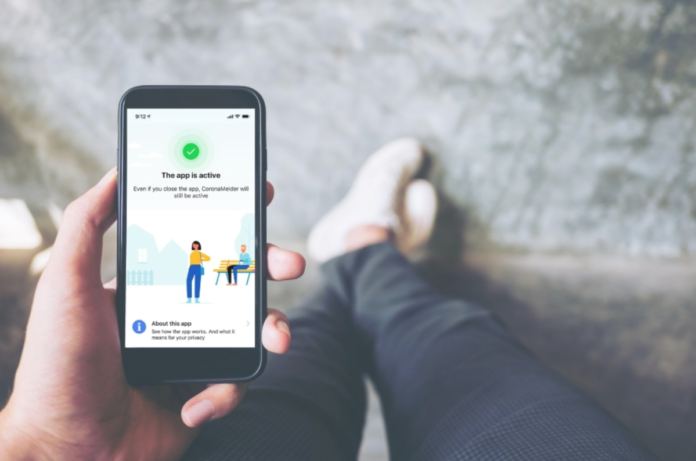The government’s new app, CoronaMelder, warns people who may be at risk of contracting coronavirus. It’s available for download now, but will initially only be usable in the provinces of Drenthe and Overijssel. By September 1, it should be ready for use throughout the rest of the country.
For the next two weeks, the CoronaMelder app will be tested in Drenthe and Overijssel. This means people from those provinces, who receive a warning via the app, can be tested at the GGD. Testing is permitted whether or not symptoms are present.
How does the app work?
If you have been in the vicinity of someone infected with the coronavirus, the app will alert you with a notification. This message gives advice on what to do next, and how to reduce the risk of infecting others.
The more people use the app, the more effective it is. The CoronaMelder app recognises users via Bluetooth and notices when you are near another user for an extended period of time. The app doesn’t see or store any personal data — users are discerned by random code.
What to do if you test positive
If you receive a positive coronavirus test, you are encouraged to report this to the app (as well as a GGD employee). CoronaMelder then sends out its own arbitrary codes, collected over the previous days, to a central server.
If there is a possibility you have infected others, alerts will be sent to those individuals (completely anonymously). You will also receive advice on what to do to prevent spreading the virus.
Use of the CoronaMelder app is voluntary. It’s available in Dutch, English, Arabic, Bulgarian, French, German, Polish, Romanian, Spanish, and Turkish. It can be downloaded through the App Store or Play Store.
You can follow DutchReview on Facebook for more updates on coronavirus in the Netherlands.
Feature Image: Canva/DutchReview


